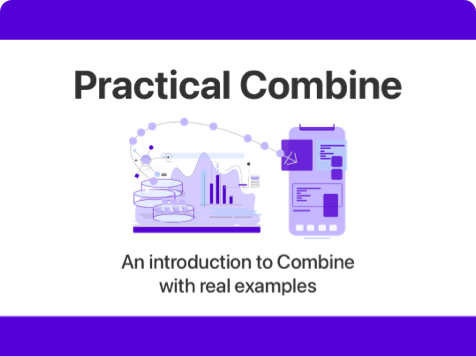WWDC Notes: Swift concurrency: Behind the scenes
Published on: June 10, 2021Meet async / await, explore structured concurrency, protect mutable state with actors should be watched first. Threading model Compares GCD to Swift. It’s not built on top of GCD. It’s a whole new thread pool. GCD is very eager to bring up threads whenever we kick off work on queues. When a queue blocks its […]
Read post

